In 1938 the Pennsylvania-born artist Alice Neel moved from fashionable Greenwich Village in downtown Manhattan to Spanish Harlem, where she lived for four years in a small apartment before relocating to nearby Upper West Side for two further decades. The downtown crowd did not consider Harlem an appealing area, but Neel didn’t seem to mind at all. In the decades she spent living uptown, she befriended neighbours, shopkeepers, immigrants and children, many of whom would sit for her. These sittings resulted in some of Neel’s most direct and beautiful portraits, shown collectively for the first time in ‘Alice Neel, Uptown’, curated by Pulitzer Prize-winning critic Hilton Als at David Zwirner in New York, and now at Victoria Miro in London (until 29 July).
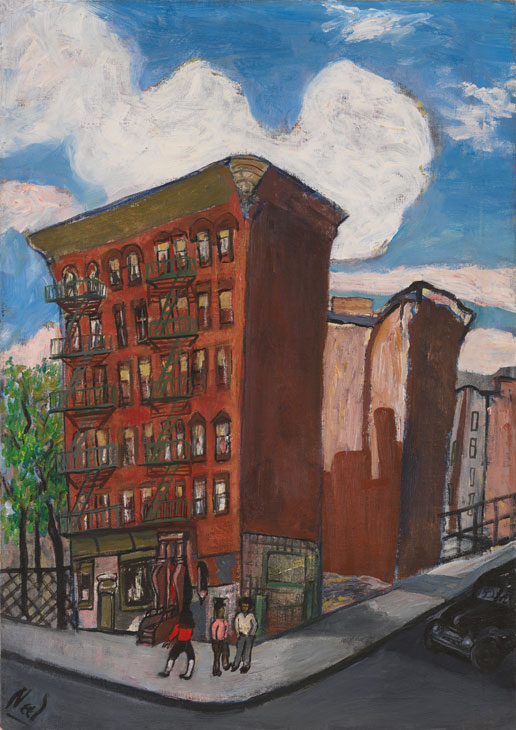
Building in Harlem (1945), Alice Neel. © The Estate of Alice Neel. Courtesy David Zwirner, New York/London and Victoria Miro, London
‘I recall first seeing her work in a book, and what shocked me more than her outrageous and accurate sense of colour and form – did we really look like that? We did! – was the realisation that her subject was my humanity,’ says Als, who grew up in Manhattan, in an essay accompanying the exhibition. ‘There was a quality I shared with her subjects, all of whom were seen through the lens of Neel’s interest, and compassion.’ In most of the portraits, the protagonists stare directly out of the picture into the viewer’s own space. None of them seem overly posed, and seeing them is like stepping back in time, and into the lives of people who would have been regular fixtures of Harlem’s mid-century scene.
Many were important civil rights activists, members of the immigrant community, and writers, who were not necessarily well-known at the time but would go on to be. In Alice Childress (1950) Neel crafts a portrait of the playwright, who was a member of the American Negro Theatre, that nods to her intelligence through her dignified pose and expression. Childress had only recently embarked on her writing career, but later won acclaim for both her plays and her novels, which included Like One of The Family (1956) and A Hero Ain’t Nothin’ but a Sandwich (1973). A relaxed portrait of Harold Cruse (1950) was made 17 years before he wrote The Crisis of the Negro Intellectual, whereas Horace R. Cayton, who Neel painted in 1949, the year he moved to the area from Chicago, had co-authored the influential Black Metropolis: A Study of Negro Life in a Northern City four years previous. These portraits show Neel’s love for and familiarity with the neighbourhood – its stars, its politics, its constant evolution – and is today an invaluable record of an important milieu.
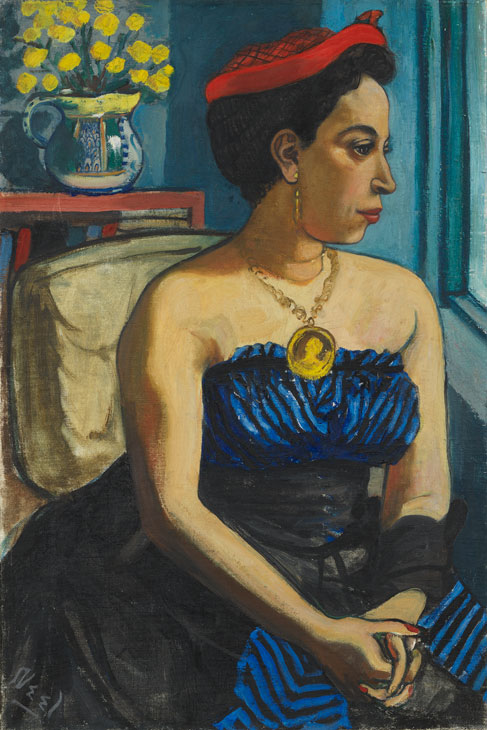
Alice Childress (1950), Alice Neel. © The Estate of Alice Neel. Courtesy David Zwirner, New York/London and Victoria Miro, London
This exhibition is also an interesting insight into the curator’s personal tastes. I saw similarities between the everyday connections and friendships immortalised in Neel’s paintings, and those that Als himself celebrates in his writing and on his Instagram account, where he presents carefully-selected, evocative images of friends, acquaintances, and the people he meets day-to-day. As a New Yorker, he understands how living in such close proximity to people can inform one’s life and art, and this show celebrates the neighbourhood as much as the artist herself.
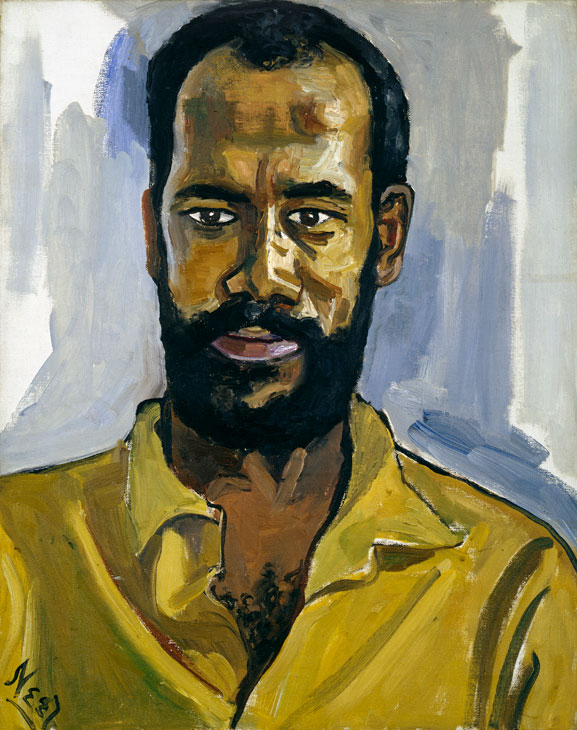
Abdul Rahman (1964), Alice Neel. © The Estate of Alice Neel. Courtesy David Zwirner, New York/London and Victoria Miro, London
This exhibition was open in New York at the same time as the Dana Schutz Open Casket (2016) controversy at the Whitney Biennial. Neel is, like Schutz, a white woman painting the black experience, as Als acknowledges in the catalogue. ‘When she moved to East Harlem during the 1930s Depression,’ he says ‘Neel was one of the few whites living uptown. She was attracted to a world of difference and painted that. Still, her work was not marred by ideological concerns; what fascinated her was the breadth of humanity that she encountered in her studio, on canvas.’ What Neel does so well in these portraits is to hold a mirror up to uptown Manhattan of the 1940s and ‘50s – not as a deliberate political statement, but as a form of documentary, a personal record of the life she and her neighbours were living at the time.
‘Alice Neel, Uptown’ is at Victoria Miro, London, until 29 July 2017. A catalogue accompanies the exhibition published by David Zwirner Books and Victoria Miro.
Unlimited access from just $16 every 3 months
Subscribe to get unlimited and exclusive access to the top art stories, interviews and exhibition reviews.

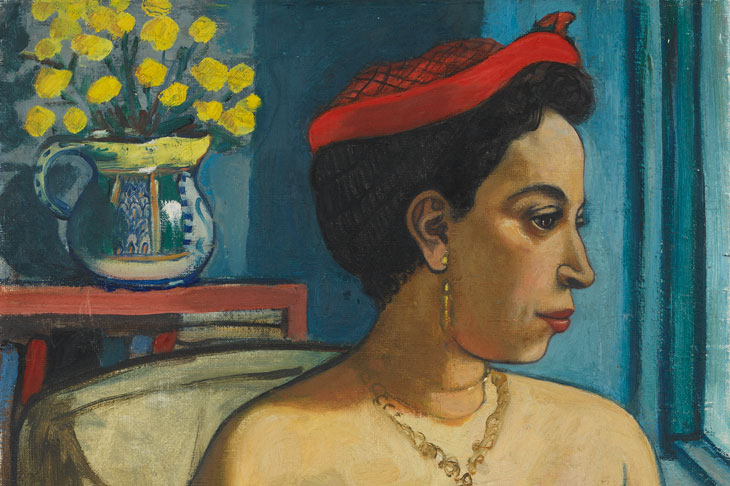
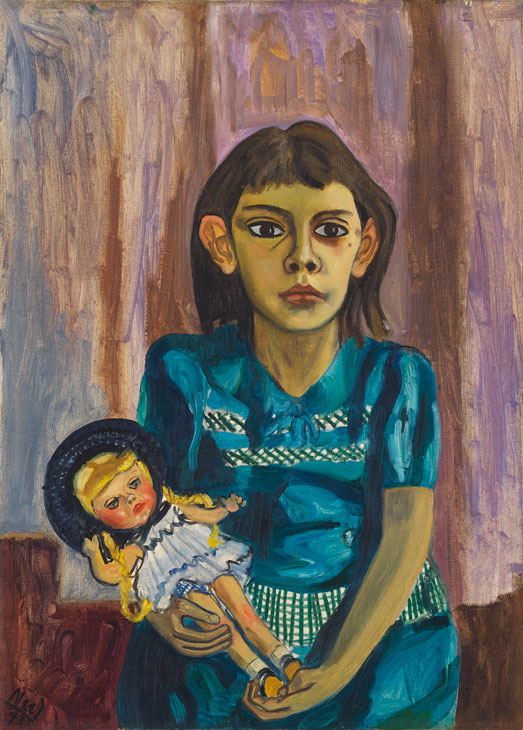
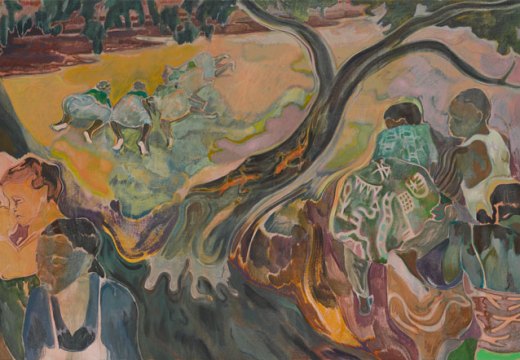
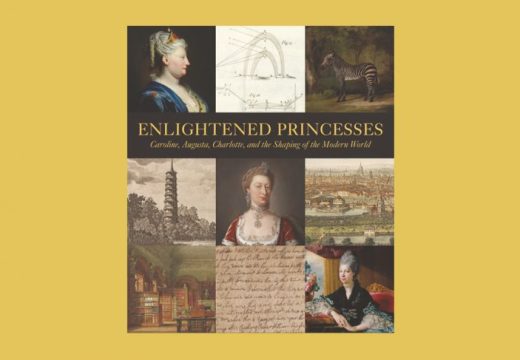
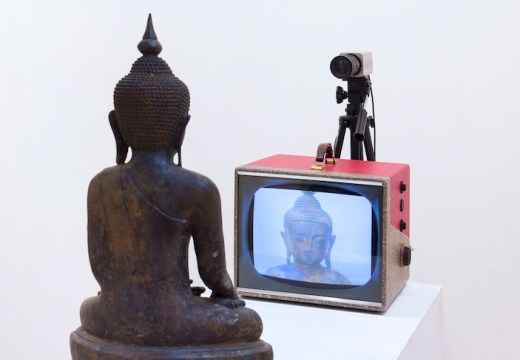









![Masterpiece [Re]discovery 2022. Photo: Ben Fisher Photography, courtesy of Masterpiece London](http://www.apollo-magazine.com/wp-content/uploads/2022/07/MPL2022_4263.jpg)
It’s time for the government of London to return to its rightful home